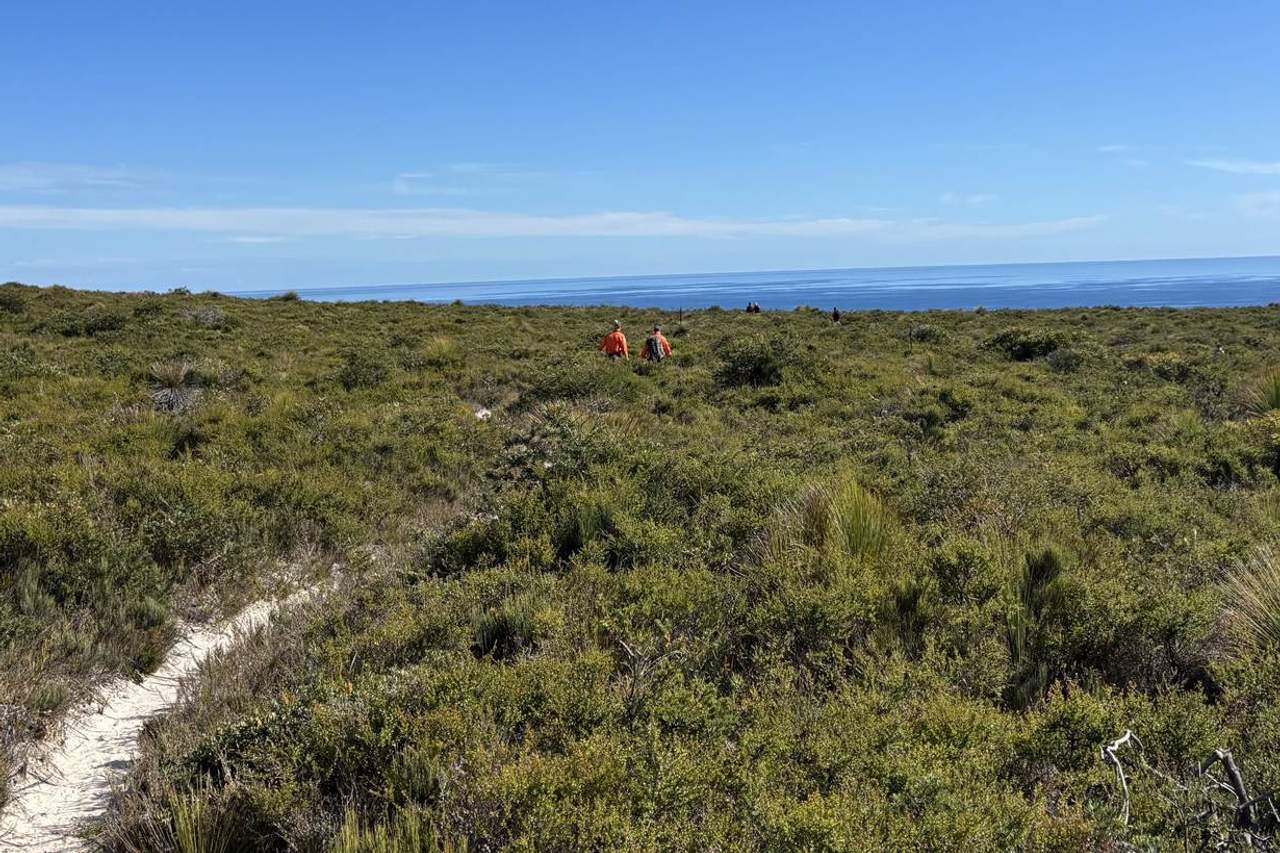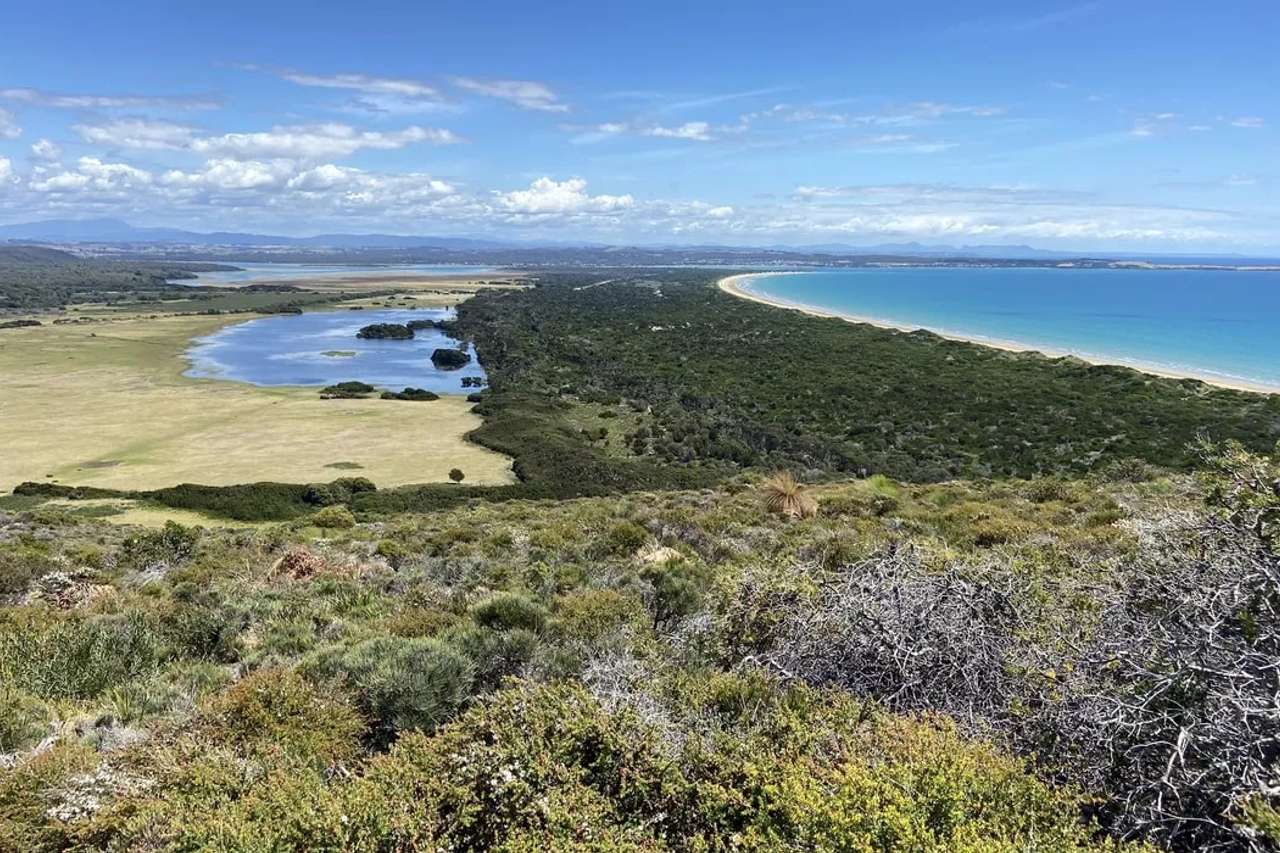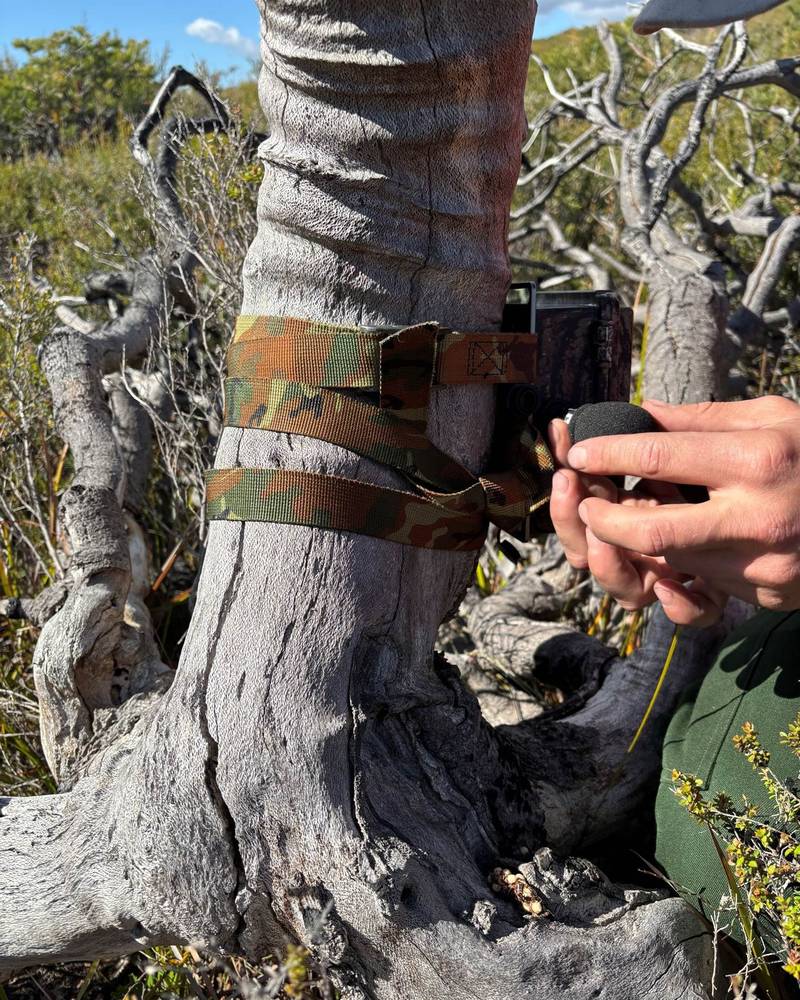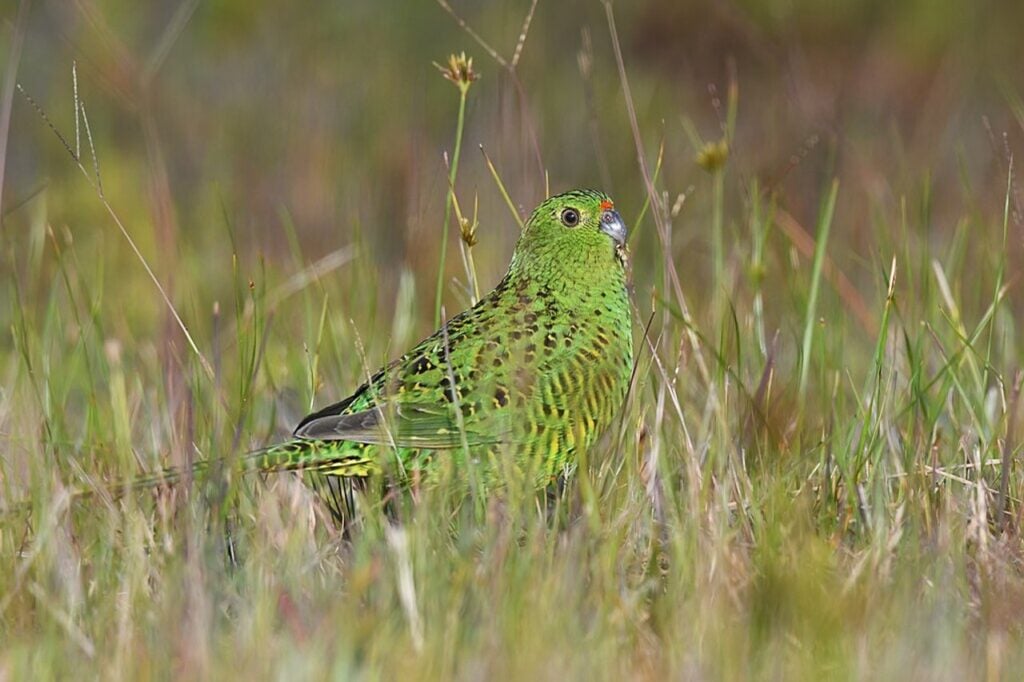A chance discovery by a firefighter has confirmed the presence of endangered eastern ground parrots in northern Tasmania for the first time in decades.
Robin Meyers from the Parks and Wildlife Service spotted an unusual feather during routine fieldwork at Narawntapu National Park.
The distinctive yellow banding immediately raised eyebrows.
“The yellow banding is a characteristic feature of the eastern ground parrot’s long tail feathers,” Acting Fire Operations Officer Aidan Munro said.

“Eastern ground parrots have not been known in the northern coastal heath complexes of Tasmania for decades.”
The elusive, ground-dwelling birds usually inhabit the remote buttongrass moorlands of Tasmania’s south and southwest.

They sport mottled green plumage and long tails, making them notoriously difficult to spot.
The species faces major threats on the mainland, where populations are scattered and confined to small pockets of coastal heathland.
They’re listed as vulnerable in Queensland and New South Wales, and endangered in Victoria and South Australia. Tasmania’s southwest remains their stronghold.
The feather discovery prompted further investigation when fire crews began planning a prescribed burn in the area.

Sound recording devices were installed across the coastal heath to listen for the birds and after two months, the effort paid off.
“Three individual calls were recorded, seemingly of birds in flight around 6pm, probably travelling from roost to a foraging area,” NRE Tasmania environment wildlife biologist Jarrah Dale said.
The team used specialist software to analyse hours of acoustic data, filtering for known ground parrot call patterns developed through earlier research at Melaleuca in the southwest.
The northern birds’ calls differed slightly from their southwestern counterparts, possibly indicating dialect evolution within the species.

“Further studies in the north of their range are currently being planned in the hope of providing more information on this population’s habits,” Dale said.
The discovery expands the known range of eastern ground parrots in Tasmania and highlights the value of collaboration between fire management and conservation science teams.
Parks and Wildlife staff are now asking the public to get involved.
With summer and the tourist season approaching, visitors are encouraged to report any parrot sightings to the Natural Values Atlas.
Narawntapu National Park currently boasts five known parrot species and staff hope citizen science contributions will help build a fuller picture of how ground parrots and other species use the park.
Additional sound recording devices are also being installed to continue monitoring the population and guide future management decisions.





